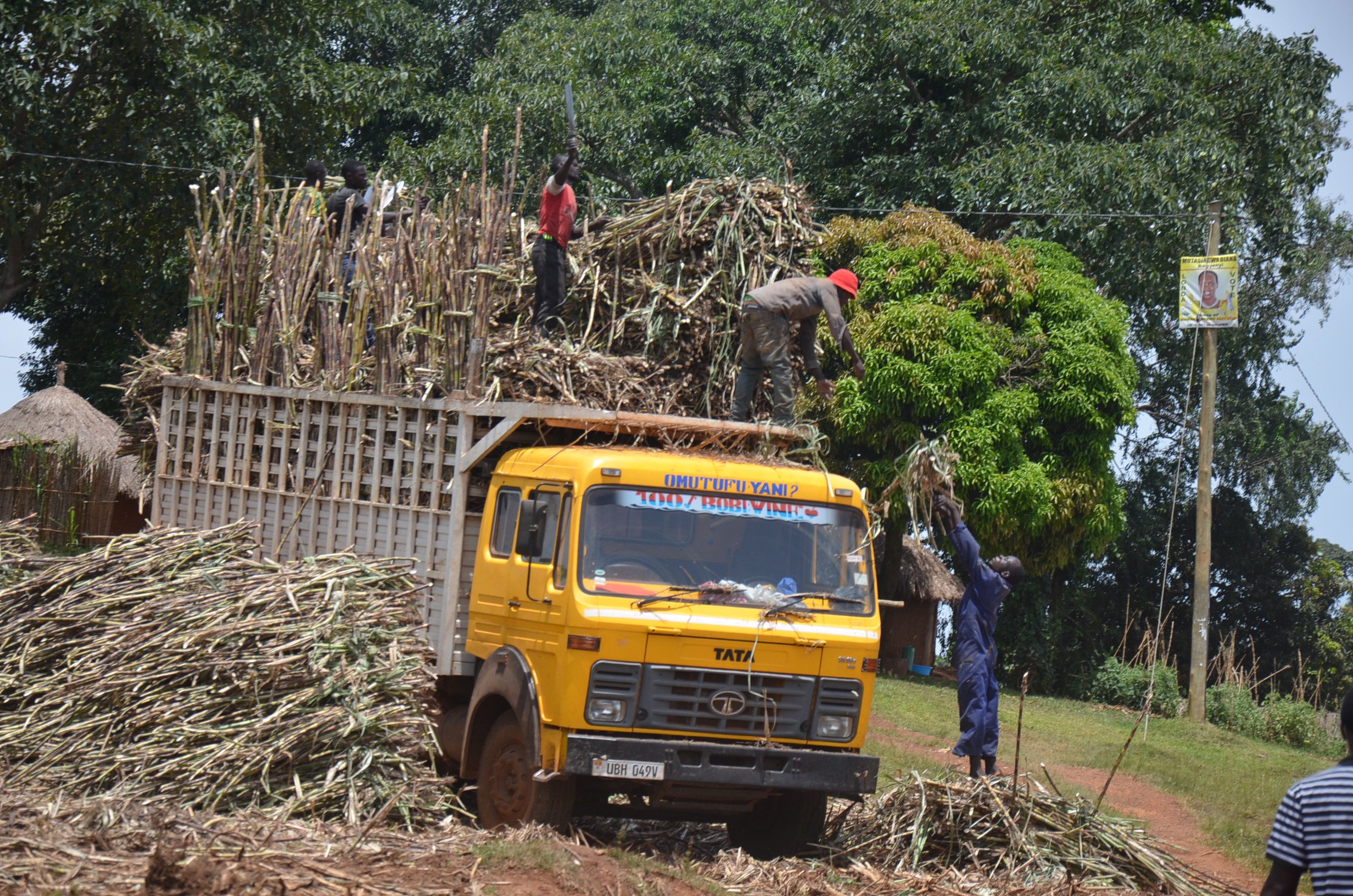Prime
Busoga leaders speak out on poverty report

Sugarcane being loaded on a truck in Jinja District. Sugarcane growing is pointed out as the leading cause of poverty in Busoga. PHOTO /TAUSI NAKATO
What you need to know:
- Mr Vincent Fred Senono, the principle statistician and head of Analysis at Uganda Bureau of Statistics (Ubos), attributed the high level of poverty in Busoga Sub-region to poor population planning and sugarcane growing.
- Mr Senono said most of the residents deal in sugarcane growing, which takes almost two years to mature.
Leaders in Busoga have blamed the persistent high poverty levels in the sub-region on, among others, poor leadership, low levels of industrialisation and sugarcane growing.
The Uganda National Household Survey released on June 2, indicates that although there is significant reduction in poverty levels in Busoga, the sub-region still contributes the largest percentage of poor people in the country at 14 per cent.
The Namutumba District chairperson, Mr David Mukisa, attributed the increasing poverty to sugarcane growing.
“People in Busoga are farmers, most of them engage in sugarcane growing. They don’t have any other source of income, but sugarcane prices dropped because the supply is higher than the demand but previously it had lifted their financial status,” he said at the weekend.
Jinja District chairperson Moses Batwala blamed it on disunity among leaders.
“Leaders in Busoga Sub-region are fighting each other. If they fight, it affects the grass root people yet they have to be united so that they can develop the area,” he said.
The former Kagoma County Member of Parliament, Mr Frank Nabwiso, said poverty in Busoga is due to high population.
“It is necessary for us to seriously control population growth in Busoga. People are engaging in polygamous families. Poor people find treasure in producing more children than the elite, so people should be sensitised on the importance of small sized families,” he said.
Mr Nabwiso also said Busoga does not have leaders to lead people in economic issues.
“Stakeholders in Busoga do not meet to discuss development issues; we have the former Speaker of Parliament, Ms Rebecca Kadaga , we have the executive director of the National Planning Authority, Dr Joseph Muvawala, among others, and this could be a big opportunity to engage on a number of issues,’’ he said.
The Kamuli District chairperson, Mr Maxwell Kuwembula, said the central government being in charge of planning for all the local revenue collected has also affected the development of the sub-region.
“Decentralisation of districts remained on paper. Taxes collected locally go back to the central government, and you apply for it, most of the funds sent back are government workers’ salaries, so we can’t do our simple developments in the area,” he said.
Mr Kuwembala said low levels of industrialisation also cause poverty.
“We had industries in Jinja but they all shifted to Kampala and other areas. Taxes from such industries can raise the standard of the area,” he said.
The Iganga District chairperson, Mr Ezira Gabula, said lack of a special programme has made the area to lag behind in terms of development.
“I can’t deny the poverty report in the area but the government should give us a special programme like Northern Uganda Social Action Fund, that will eradicate poverty in the area,” he said.
UBOS official speaks
Mr Vincent Fred Senono, the principle statistician and head of Analysis at Uganda Bureau of Statistics (Ubos), attributed the high level of poverty in Busoga Sub-region to poor population planning and sugarcane growing.
Mr Senono said most of the residents deal in sugarcane growing, which takes almost two years to mature.




